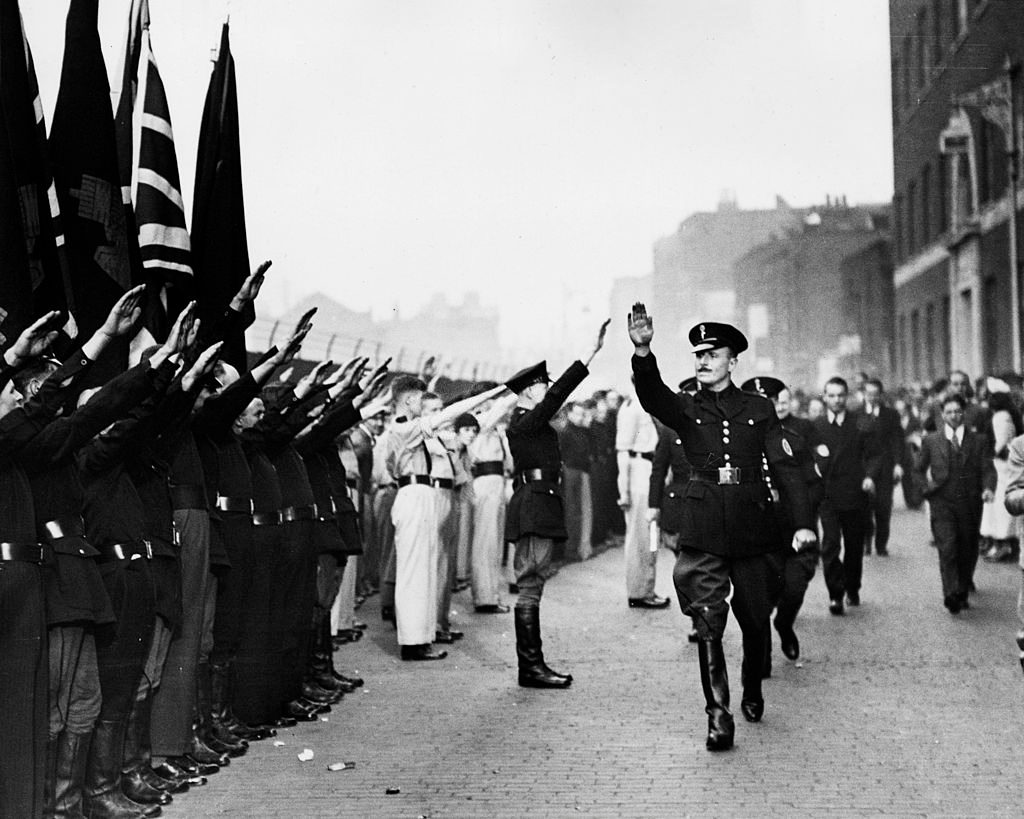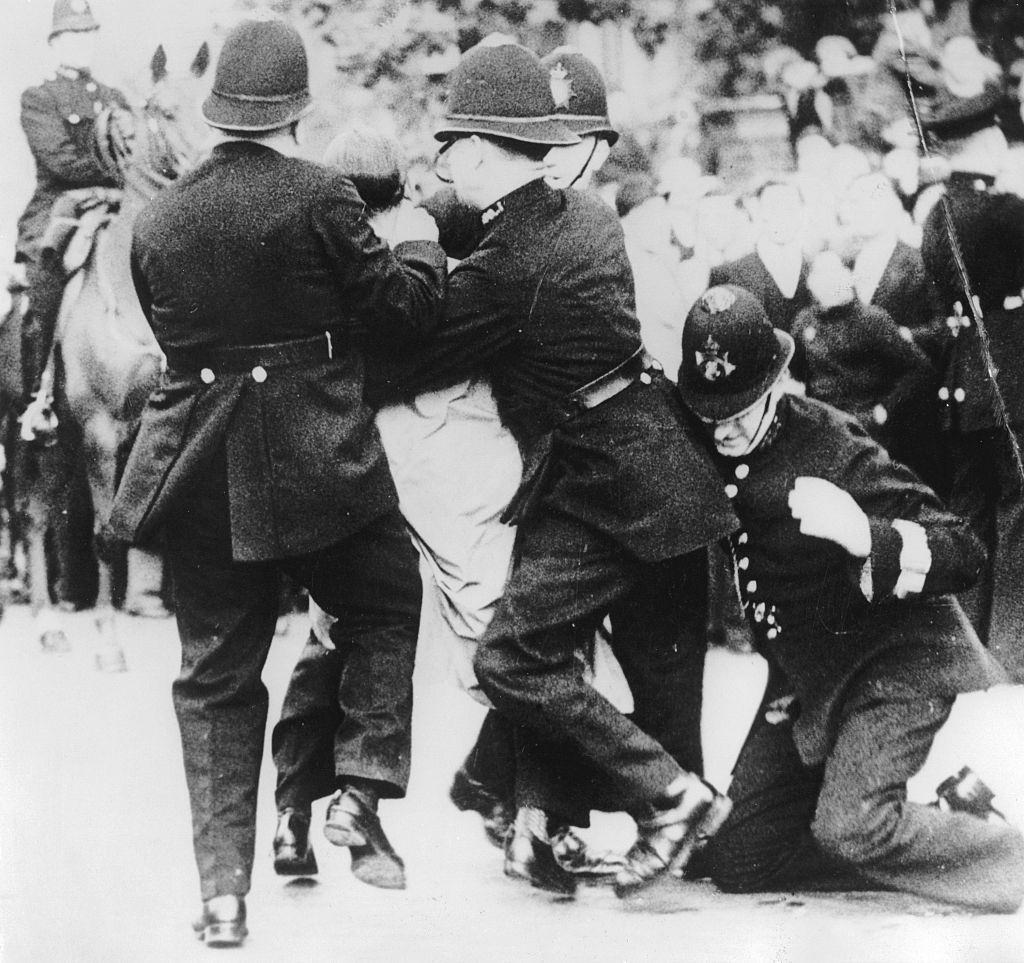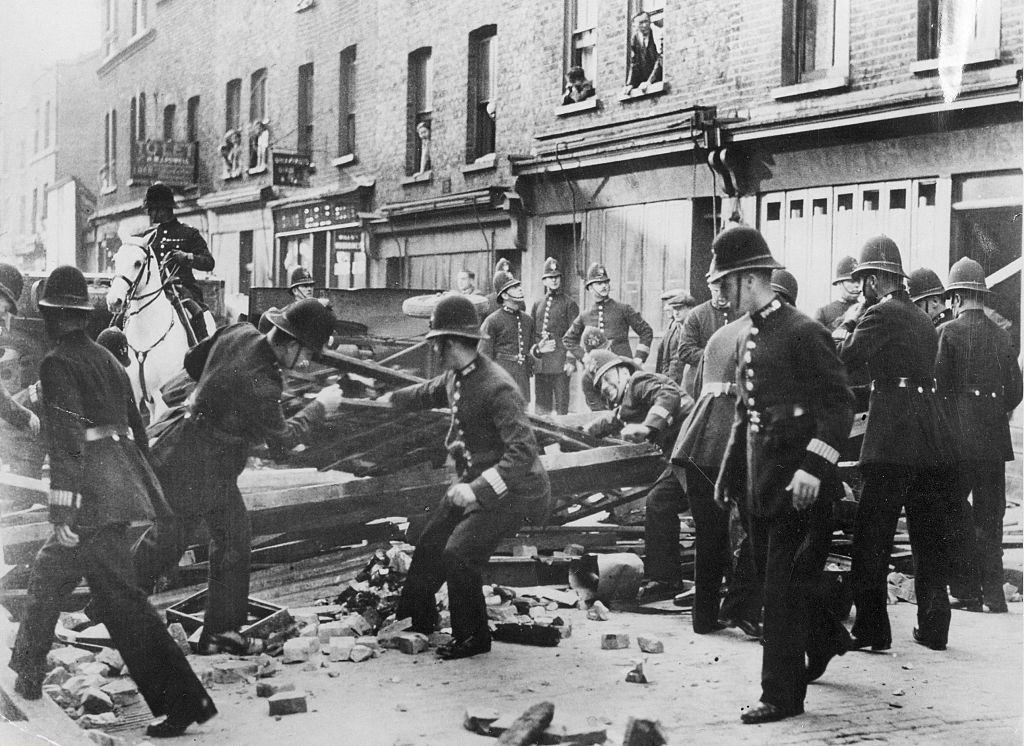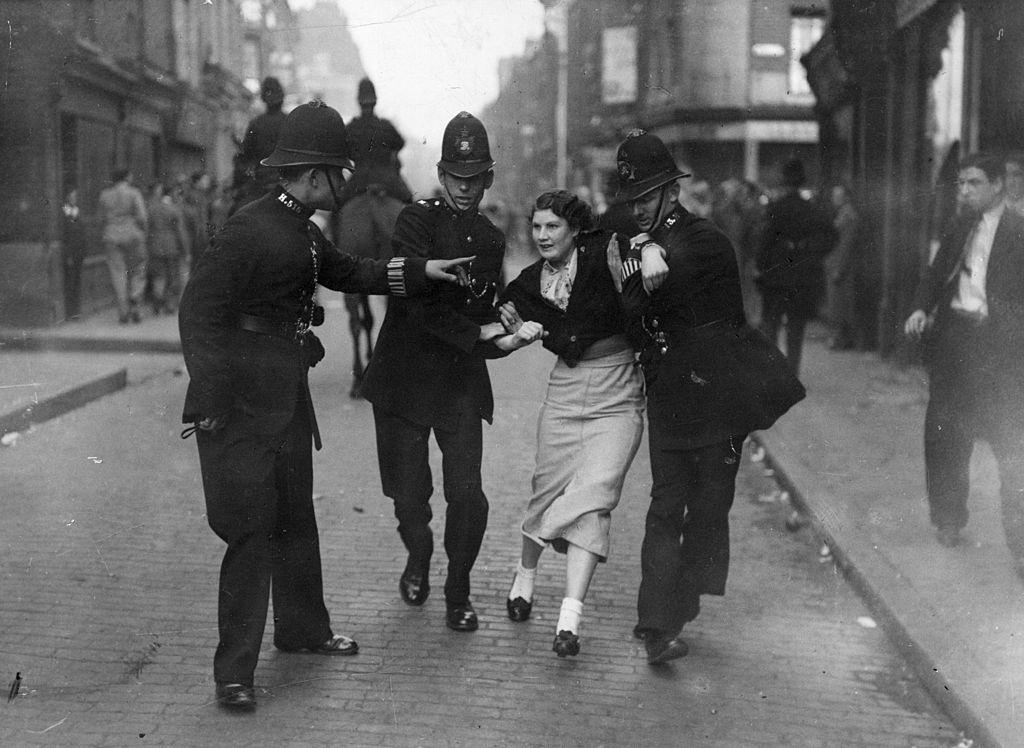On Sunday, 4 October 1936, a clash between the Metropolitan Police and the British Union of Fascists led by Oswald Mosley occurred at Cable Street and Whitechapel in the East End of London. London Jews and Irish laborers stood up against the march because Mosley wanted to march through their streets. Around 175 people were injured, including police officers, women, and children. About 150 demonstrators were arrested, although some escaped with the help of other demonstrators.
Background
The 1930s was a period of seismic political change throughout Europe. Mass unemployment and economic depression led to chaos and turmoil. Fascist dictators took control in Germany, Romania, and Italy, while communists gained control in Spain and Russia. In the early 1900s, many Jewish Refugees arrived in the East End of London. Sir Oswald Mosley always admired the Fascist dictator Mussolini. He became the British Union of Fascists (BUF) leader in 1932 and created a sinister organization, ‘The Blackshirts,’ modeled on Mussolini’s Squadrismo. They were known for their violence after attacking a left-wing Daily Worker meeting in Olympia in June 1934.
Opposition against Mosley’s BUF
As Mosley’s activities were growing, the opposition against his organization was also increasing across London. Trade unionists, communists as well as the Jewish community were becoming increasingly mobilized. When Mosley announced a march in the area of the Jewish community, the Jewish council presented a petition of 100,000 names to urge the Home Secretary to ban the march. The Daily Worker called people to the streets on the day of the protest to block Mosley’s way, while the Jewish Chronicle warned its readers to stay home on the day.
The Battle of Cable Street, 4 October 1936
On Sunday, 4 October, thousands of British Union of Fascists (BUF) gathered on the streets with 3,000 BUF Blackshirts. Thousands of antifascists and regular Londoners also gathered on the streets to refuse the fascists’ passage through Stepney. Four sympathetic tram drivers strategically abandoned their vehicles to help block the road to the fascists. The police amassed 6,000 officers who attempted to clear the road for the fascists, but they were met with fierce resistance. The demonstrators fought back with sticks, rocks, chair legs, and other improvised weapons. Rubbish, rotten vegetables, and the contents of chamber pots were thrown at the police by women in houses along the street. Around 175 people were injured, including the police officers, and 150 demonstrators were arrested. The six fascists were also arrested.
The aftermath of the Battle of Cable Street
The Battle of Cable Street was a turning point. The government passed the Public Order Act o f1936, which required march organizers to seek permission from the police. Two days after the events at Cable Street, Oswald Mosley was married in Germany in the home of Joseph Goebbels. Mosley and other leaders of the BUF were imprisoned in 1940.























